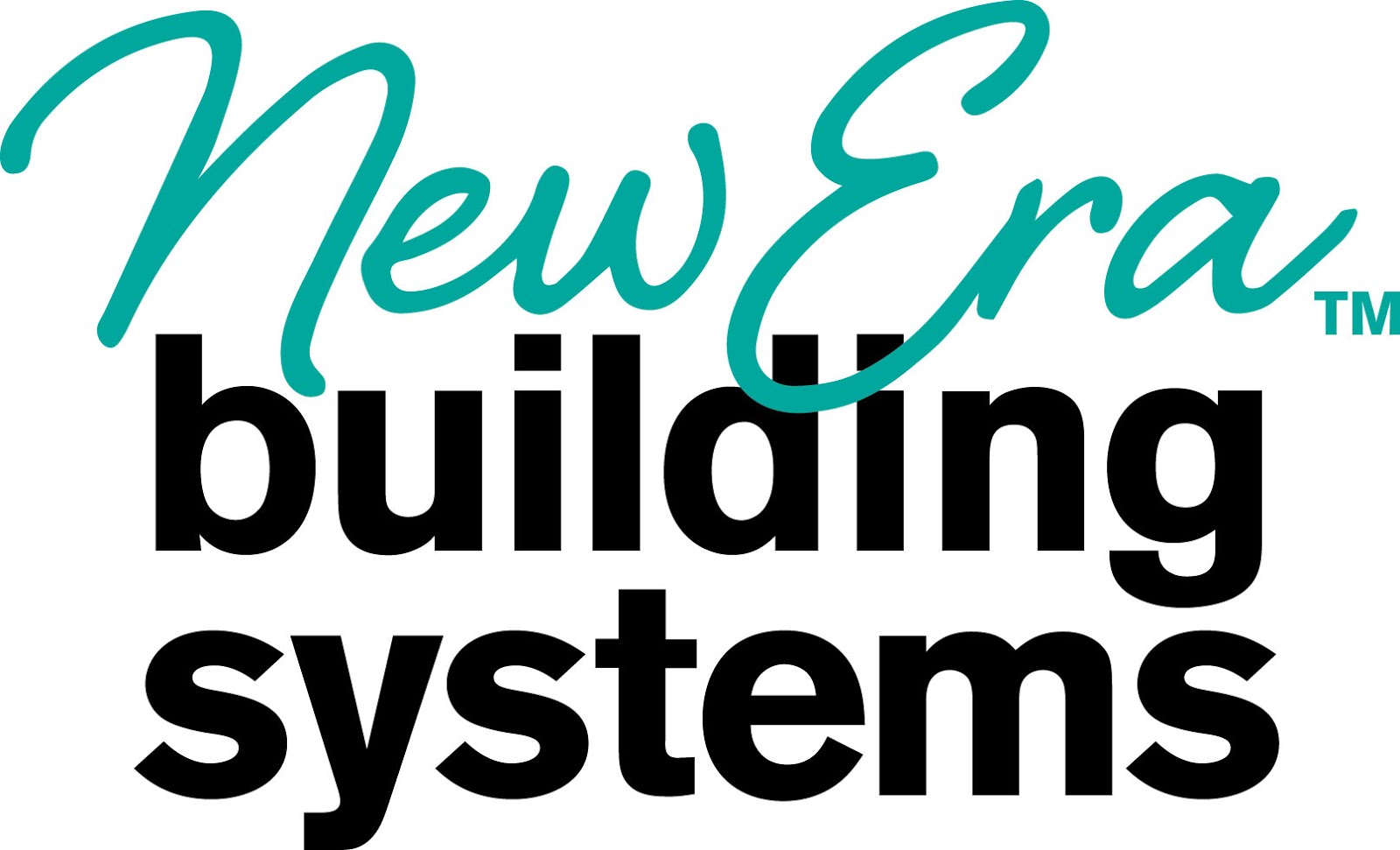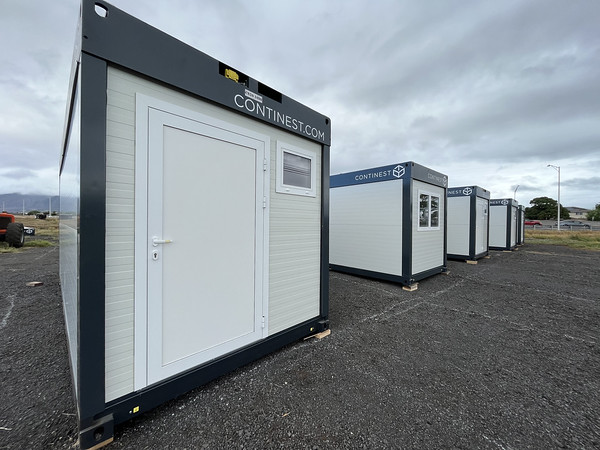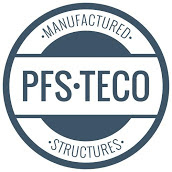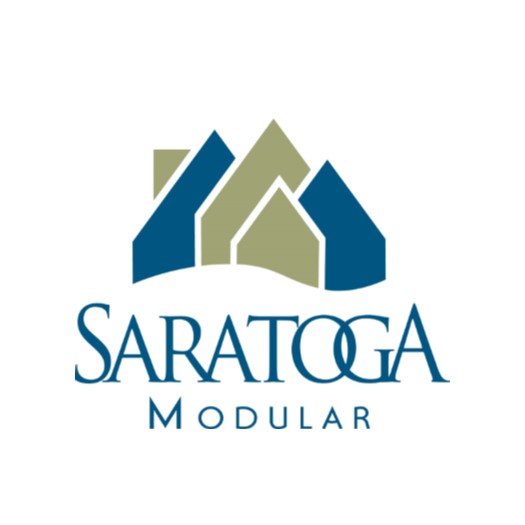In the immediate aftermath of a natural disaster, the focus shifts to the rapid reconstruction of shattered lives and communities. The instinct to offer swift and meaningful assistance is powerful, embodying a collective yearning to mitigate the hardships faced by those caught in the calamity.

.
Yet, this well-intentioned drive frequently clashes with the intricate web of bureaucratic overregulation, a challenge vividly illustrated by a housing initiative on Maui designed to shelter fire survivors. A seemingly straightforward yet ambitious endeavor sought to transform a Christian church’s vacant land into a sanctuary for 350 fire survivors through the construction of 88 tiny homes, promising two years of rent-free accommodation.
Spearheaded by Family Life Center, a local social services organization, the project was not just a blueprint for temporary housing but a beacon of hope for those devastated by the fires. Despite the completion of these homes, they stand empty months later, symbolizing the paralyzing grip of regulatory excess.

.
This predicament in Maui is far from isolated, echoing a widespread problem that plagues communities as they strive to recover from natural disasters. The drive to rebuild and provide immediate shelter to the displaced is ensnared in a bureaucratic labyrinth of permits, inspections, and regulations. These measures, while fundamentally aimed at ensuring safety and compliance, can inadvertently impede recovery processes and amplify the distress of those affected.
The stalled housing project near Maui’s main airport serves as a microcosm of the broader dilemma facing disaster recovery efforts. The island, notorious for its protracted permitting process and dense regulatory landscape, has witnessed numerous affordable housing projects falter, trapped in an interminable cycle of bureaucratic hurdles. This systemic stagnation has been starkly highlighted by recent catastrophic fires, which have further aggravated Maui’s housing crisis, leaving an increasing number of individuals and families in dire need of shelter.

.
Critics of the status quo argue for a reevaluation of regulatory priorities in the aftermath of natural disasters. The significance of safety and building standards is undeniable, yet there is an escalating demand for regulatory flexibility to address the pressing needs of human beings in crisis. The application of standard regulations in the unique context of disaster recovery can obstruct the implementation of viable solutions, such as the tiny homes project, relegating them to a state of limbo. Proponents of regulatory reform advocate for a streamlined permitting process and a more adaptable approach to housing solutions in disaster-stricken areas, positing that such changes could expedite relief efforts and provide quicker aid to those in need.
Furthermore, the challenges encountered by the Family Life Center in their quest to provide temporary housing illuminate a systemic issue that transcends disaster recovery, touching on the broader struggle to combat housing shortages and homelessness. The ordeal of navigating the bureaucratic maze underscores the urgent need for a balance between essential regulatory oversight and the flexibility necessary to effectively address emergent needs within communities.
The narrative of the tiny homes project near Maui’s main airport paints a compelling portrait of the obstacles posed by overregulation in the wake of natural disasters. It underscores the imperative for an adaptive regulatory framework that can accommodate the immediacy of disaster recovery while upholding critical safety and quality standards. As the global community confronts an escalating frequency and severity of natural disasters, the lessons from Maui’s experience resonate as a powerful call to action for regulatory reform. This reform should prioritize human needs in crisis situations, ensuring that the path to recovery is not only swift but also accessible to those who find themselves navigating the aftermath of unforeseen catastrophes.
CLICK HERE TO READ THE FEBRUARY ISSUE
.
Gary Fleisher is a renowned blogger and commentator on construction and housing trends, known for his insightful analysis of the industry.












